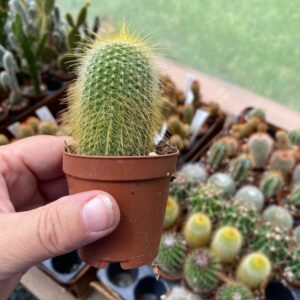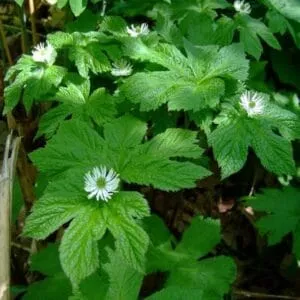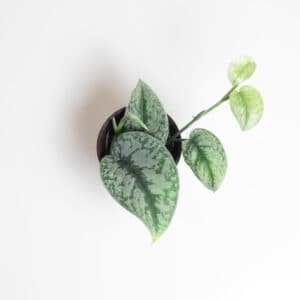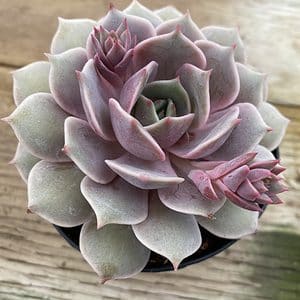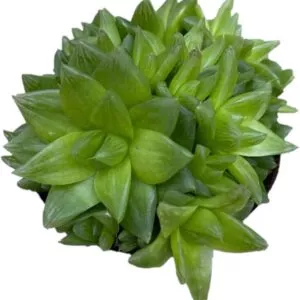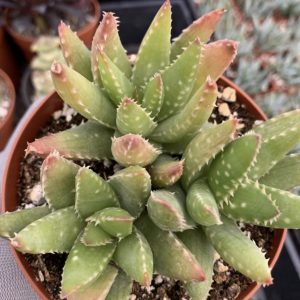No products in the cart.
Table of Contents
Are you looking for an enjoyable new hobby? Then look no further than the Ginseng Ficus. The bonsai ficus is an eye-pleaser for the plant-obsessed gardener and makes an excellent decor statement.
You will surely get an instant entry into the ancient Japanese to keep your plant looking great. The Ficus bonsai tree looks terrific and is a low-maintenance indoor plant.
The best part is it adds style to any interior decor and even looks great in the garden making it an excellent tree.
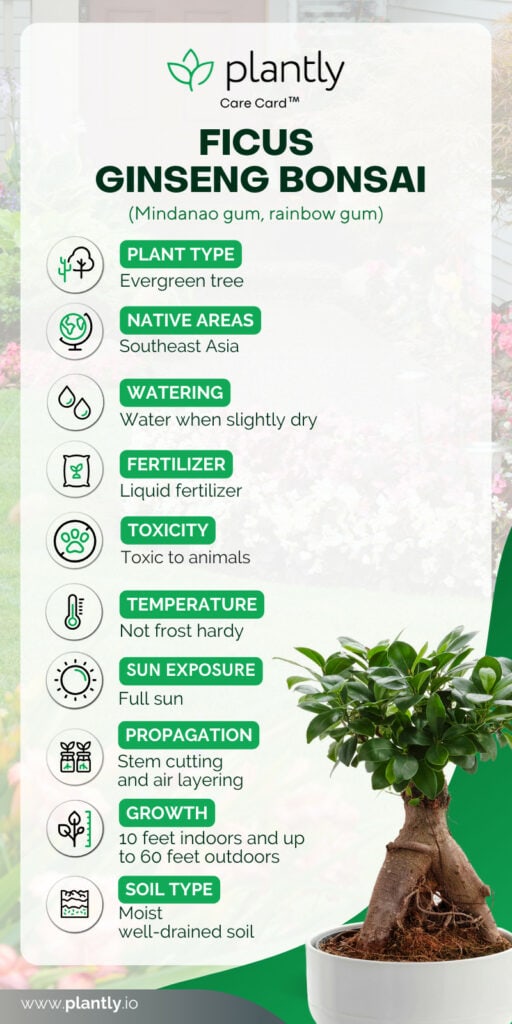
What are Ficus Bonsai Trees

The Ficus makes for an exceptional indoor bonsai belonging to the Mulberry family. In southeast Asia, the Ginseng Ficus has an elevated root with a potbelly trunk with narrow branches spreading to its crown.
The fantastic thing is that you can train bonsai trees by focusing on the raised roots to create a pleasing aesthetic.
When these trees grow outside, the aerial roots grow in high humidity. So remember to give your Ficus plants the exact humidity level to thrive.
But remember, while it is an art form, you must have fun to enjoy the art of Bonsai. Another great thing about the Ficus bonsai is that it is an excellent starting bonsai project for beginners.
History of Bonsai
While the term bonsai is a Japanese word, the art originated in the Chinese empire. The Chinese started the art called ‘pun-tsai’ in 700 AD. They used a unique technique to grow their dwarf trees using containers.
But, it was only the elite that practiced this form of art while native-collected samples and the trees started spreading through China handed over as luxurious gifts.
When the Kamakura period arrived, the Japanese embraced most Chinese cultural habits. The art of growing these trees in containers spread to Japan.
Japan developed the art of bonsai further influenced by Zen Buddhism, but the landscaping forms were limited. So instead, the Japanese created some well-known styles, tools, and techniques from Chinese originals.
But bonsai has only recently started spreading to other homelands throughout the world.
Fig Tree Bonsai Care
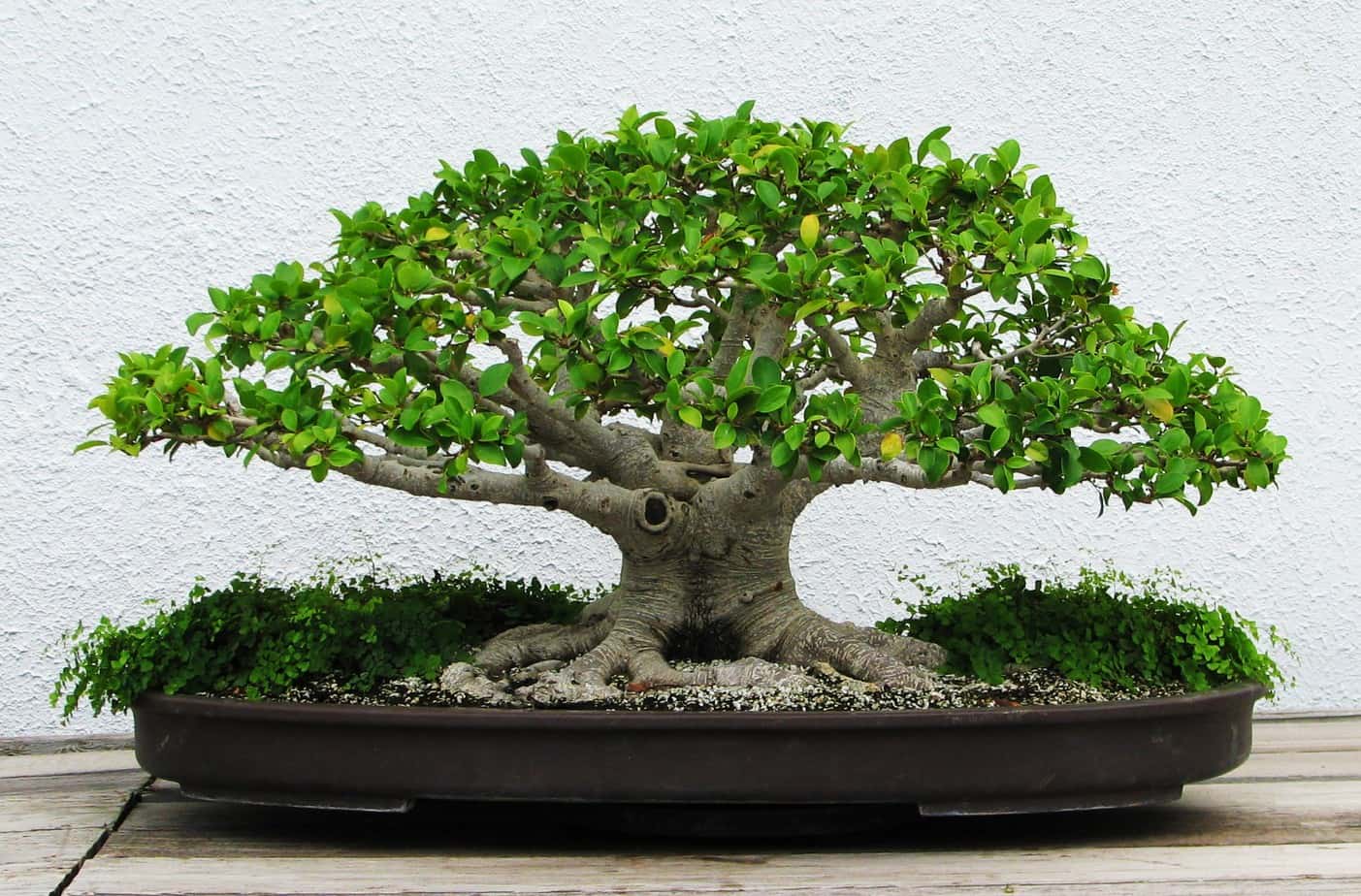
When it comes to Ficus bonsai care, it is a breeze as it is similar to taking care of most other Ficus species. Also, one thing is for sure when you learn the art of Bonsai with this tree. It will be relaxing.
Best Potting Mix For the Ficus Bonsai Tree
Your bonsai tree will do well in soil mixed with 60% aggregate and 40% organic matter. You can buy premixed soil, or you can make one. It can also grow and thrive in the acidic, sandy soil mix.
You can use akadama, pine bark, or lava rock to retain water in your homemade mix. The important thing is to provide your tree with a well-draining container to prevent root rot from taking place.
Ideal Lighting for Ficus Microcarpa
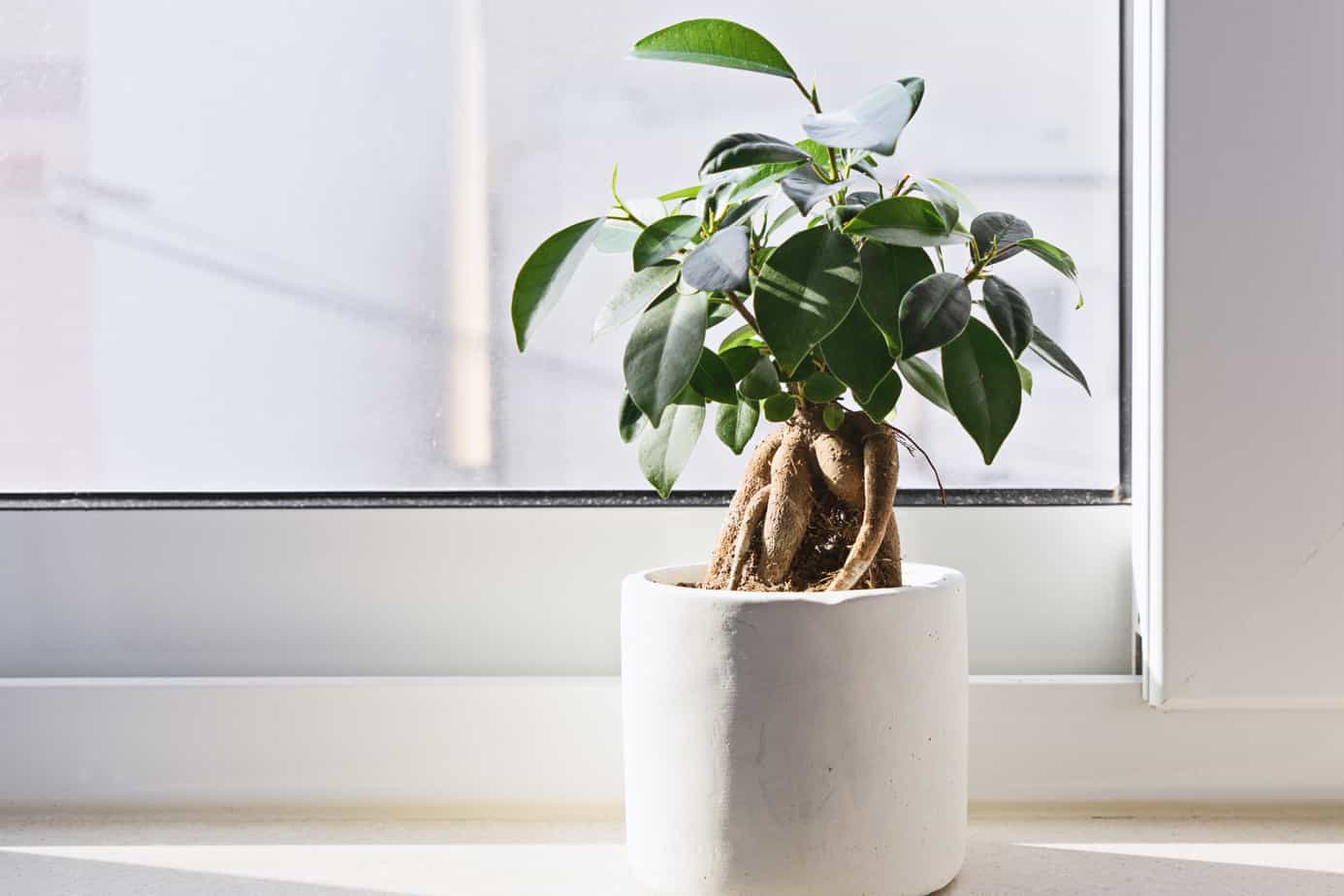
When you choose a spot for your Ficus plants, they grow best as an indoor bonsai. Unfortunately, these trees do not do well in cold climates.
They love light, whether you have a fig tree bonsai or a Ficus tree. So you can place them in a sunny window with direct early morning sun. Or treat them as an outdoor plant in your garden with some shades during summer and spring.
The lack of light weakens Ficus retusa leading to leaf drop. Still, they can tolerate some low light. So, when the temperatures start to drop, gardeners bring in your plant to prevent them from dying.
Watering Needs Banyan Fig
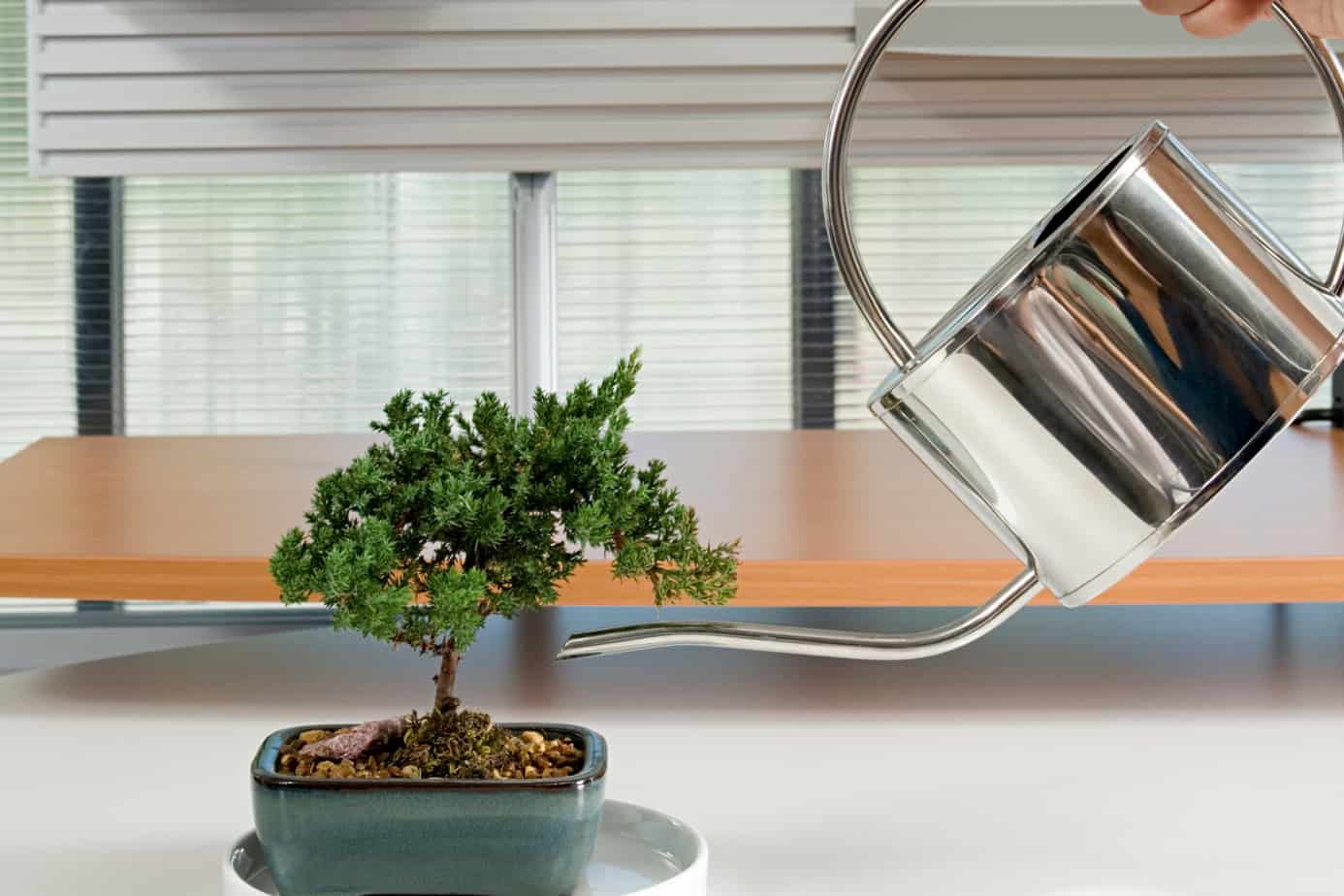
Now, we want to hear a big YEAH as this Ficus species are resilient to over and underwatering. Still, the best is to check the ground regularly to see if your plant needs watering.
Also, the best time to water your Ficus bonsai is when the soil is a bit dry. Then moisten your bonsai pot profoundly and allow the water to drain from it freely.
Another important thing is to mist the leaves to help develop aerial roots. These species thrive in high humidity levels but go slow as it can cause fungal problems in your plant.
Temperature & Humidity
One thing your trees are not is frost-resistant. You can leave your young plants outside if the temperature remains consistent above 60oF in full sun. But keep an eye on the ground not to dry out.
While the tree can handle low humidity due to its waxy leaves, it thrives in a high-humidity environment. Thus, when temperatures drop, we recommend bringing in your tree.
You can use a humidity tray placed underneath your Ginseng Ficus or mist the leaves daily for higher humidity. But do not over mist those leaves as it can lead to fungal diseases, and never leave your plant sitting in water.
Another great solution is to provide your Ficus microcarpa with an artificial enclosure. You do this by making the roots grow vertically downwards from the branches until they reach the ground to develop a strong trunk.
To grow this root vertically, you will need to place a root ball in a container to fill up the spaces around the core. You need to leave the root uncovered exceeding the ground line.
The style is called de shojo, a root-over-rock or pillar bonsai style.
Fertilizing Ginseng Ficus Bonsai

The Ficus tree bonsai need fertilizing to maintain the tree’s health for solid growth. Hence, the best time to feed these tree species is with young plants when growth begins.
You can do this in spring and if growth continues into winter but feed less often. But, again, it helps to use an organic fertilizer than harmful over-the-counter products.
But if you cannot find an organic feed, a liquid fertilizer works fine. You can apply an application every two weeks to maintain most Ficus species.
Propagating Bonsai
You can use air-layering or stem cuttings to propagate your indoor tropical plants such as the Ficus. The best method is stem cuttings, as air-layering can take a long.
Stem Cutting Propagation
- Use a sterilized pruning shear to cut up to six inches from a healthy stem below the leaf node. The nodes are where the branch joins a leaf.
- Next, remove the foliage from the base of the stem.
- Take the cut end and dip it into some rooting hormone comprising fungicide.
- You can plant your stem in a bonsai container with drainage holes at the bottom using some bonsai soil.
- Cover your cutting with clear plastic as it provides some humidity to prevent the soil from drying out.
- Keep checking on your plant to keep the soil moist. Then, after a few weeks, you can tug on the stem to see if the root has developed.
- Next, remove the plastic cover and do your usual care.
Air-Layering
When you do air-layering, it is done from a tree with a strong stem and is not an easy method to use. So instead, you propagate a young plant from the host tree while attached.
- Take a sterilized knife and make a one-inch upward slit below a leaf on the stem.
- You can make the slit about half an inch through the stem.
- Take a toothpick to hold the slit open as it heals when it shuts, and the new root will not develop.
- Remove the bark and leaves a few inches below and above the slit.
- Take some rooting hormone and dust the area with it.
- Take some moist sphagnum moss and place it around the slit.
- Use clear plastic to cover the moss and secure it to the stem.
- Check on the slit weekly to keep it moist but not wet.
- Once the roots start to fill the sphagnum moss, you can clip the stem below your new root ball to plant it.
In stock In stock In stock In stock
$6.00
Sold By:
Smoot's Farm
Cactus Yellow Tower Plant
Rated 4.89 out of 5 based on 27 customer ratings00
Sold By:
Smoot's Farm
$9.00
Sold By:
JLP farms TN
$10.005 Goldenseal Bareroot
Only 43 available and it’s in 3 people’s basket Rated 4.85 out of 5 based on 602 customer ratings22
Sold By:
JLP farms TN
$59.99
Sold By:
BubbleBlooms
$69.99Carnivorous Plant Set, Venus Fly Trap Assortment, Rotundifolia, Live Potted premium collection, in 2 inch pots, windowsill plants, gift
Only 993 available and it’s in 3 people’s basket Rated 4.81 out of 5 based on 279 customer ratings00
Sold By:
BubbleBlooms
$35.99
Sold By:
Succulent Oasis
Mature Echeveria Fireglow
Rated 4.84 out of 5 based on 352 customer ratings00
Sold By:
Succulent Oasis
Growth Zone

You can grow your Ginseng Ficus in hardiness zones 9 to 11 as an outdoor or indoor plant as it is a tropical tree. Yet, it is best if you keep it indoors when you see the temperatures dropping below 60°F.
Repotting Ficus Tree Bonsai
You can only repot your bonsai when the Ficus species grow and fill the pot with its roots. You will need to provide your plant with new soil to encourage development a compact root system.
The best time to do this is in the summer by removing your tree from the ground and trimming away the outer and lower sections of the aerial roots.
- You need to leave your plant without water for up to three days to do this.
- Select a bigger container than your previous one and provide it with enough drainage.
- You can place a mesh wire above some clay pebbles or gravel at the bottom.
- Remove your bonsai and place it in the container with fresh ground, and you can trim the branches back.
- Also, remember to cut back a third of the roots before planting.
The Correct Way to Prune Your Bonsai Ficus
A fact is that new growth on your Ficus bonsai happens in spring, so you need to prune your tree in winter.
Start with a detailed sketched plan as bonsai is an art form as you need to shape your tree through pruning. So, take your time envision the results you want to accomplish through pruning.
So, let your creative juices start flowing. Still, it does not need to be too detailed but should provide you with an image. You can even go further by marking the spots you want to cut on the branches.
Next, use a sharp, sterilized concave cutter to remove the branches, and do not forget to invest cut paste as it helps the cuts recover fast.
Also, avoid trimming your Ficus bonsai leaves as you want to cut the branches and stems. It can become brown with an untidy appearance when you trim the foliage.
Hence, you want to pinch up to three leaves in an entire growing season. Still, if your tree has some empty gaps, you can leave the foliage to fill the gaps.
Further, it would be best to prepare yourself to remove up to half of the new growth on your tree. Another method you can use is wiring and the old art form of Bonsai that helps train your tree to grow into different styles and shapes.
When you wrap the wire around the branches, it repositions them to the desired position. The wire you use is thin, making it flexible in applying to the tree. But keep checking on the wire so that it does not cut into the tree’s bark.
Bonsai Varieties and Similar Plants
Bonsai Ficus benjamina
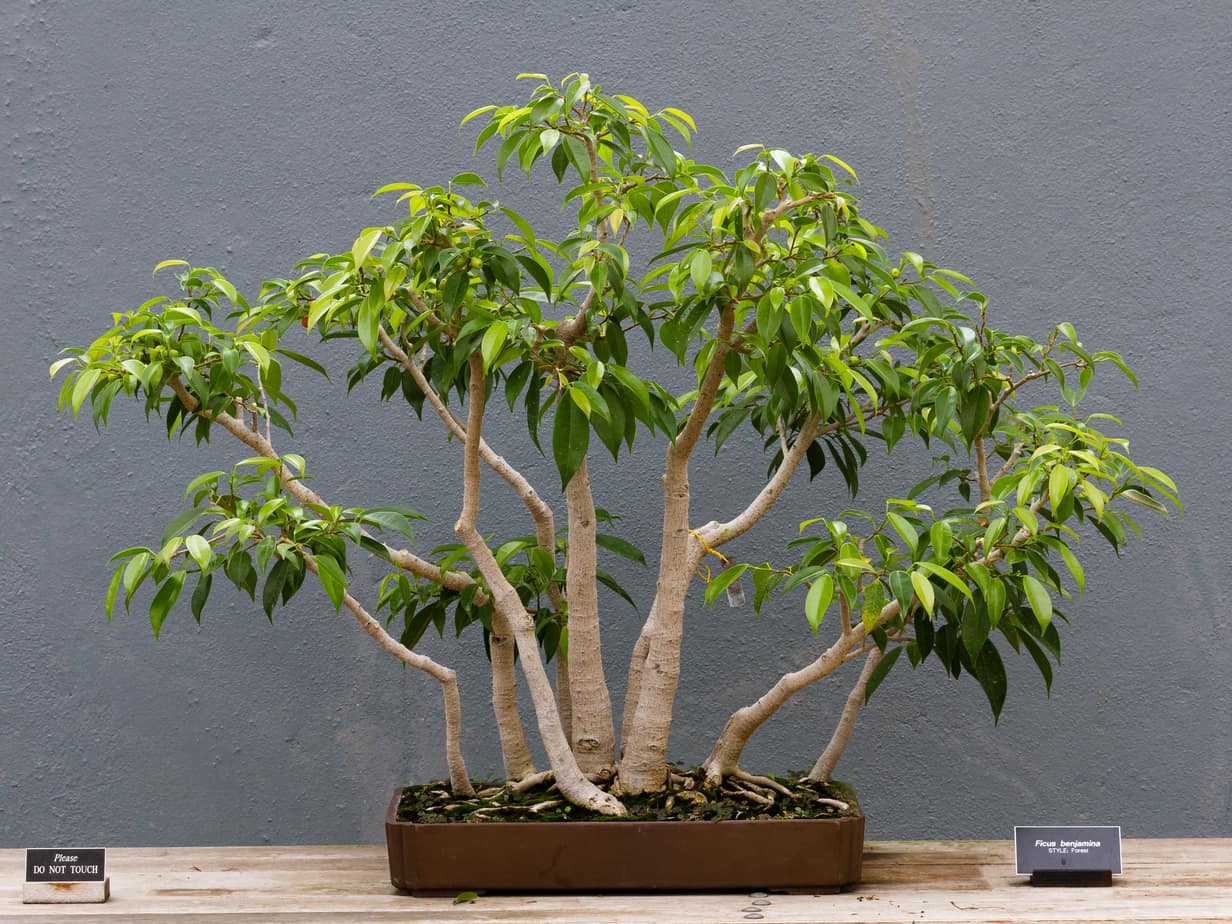
The tree is the weeping fig and has large arching branches with pointed leaves. These fig trees look great indoors, but the leaves do drop.
Ficus carica

This is your common fig tree that grows small as a tree or shrubs. It has attractive leaves, and it has edible fruit.
Willow Leaf Ficus

The tree is known as the Mexican Ficus with elongated lightish green leaves, and it has a small trunk. The tree has the exact resemblance to the willow tree.
Ficus Ginseng Bonsai Diseases & Pests
Your bonsai tree is resistant to pests but can still be bothered by mealybugs, mites, and scale. As your plant cannot tolerate an insecticide with malathion, you can use a small amount of dormant oil instead.
You may also find the leaves drooping, resulting from dry air or too much wetness. Here are some other signs to keep an eye on:
Ginseng Ficus Losing its Leaves
The problem can result from overwatering, or it may lack moisture and light, or it is placed in a spot with a lot of cold drafts. Only water your plant when dry and mist the leaves. Also, put your exotic tree in lots of light but not direct sunlight at midday.
Leaves Turning Yellow with Spots Appearing
The main culprit is a red spider mite, and best to treat it with an organic spider mite killer found at your horticulture store.
The Leaves are Showing Sticky White Spots
The causes are mealybugs or scale pests as your tree is very vulnerable when indoors to these insects.
You Notice Larger Leaves Appearing Instead of Small Ones
There is a big chance your tree is grafted from another type of Ficus. Or the branches sprout from the roots making the leaves look different.
To rectify the problem, you can snip the new foliage off to prevent them from taking the fresh nutrients of the grafted branches.
Sometimes it can also result from spraying growth inhibitors on the plant. Using these methods slows down the growth, reducing the foliage size, and once it wears off, you are left with huge leaves.
To help solve the problem, you need to defoliate your tree every time you prune it as the new leaves will grow back smaller. But do not do this more than twice a year.
Abnormal Limb Growing Under a Twig or From the Trunk
You may notice some roots growing from the bark that does not have leaves. You will see it starting as a light shoot, and gradually the bark appears. This is an aerial root that is making its way up to reach the fresh ground.
If you want it to keep growing, make sure it has enough moisture and air surrounding it by spraying it with water every day.
Frequently Asked Questions
Bringing plants like the Ficus ginseng bonsai into your home provides you with a significant benefit. The primary purpose of this tree is that it is not only eye-catching but is an air purifying plant and works as a natural air filter.
You find chemicals released into the air from your carpets, ceramic, vinyl, to other materials, and your Ficus Ginseng cleans up the pollutants in your living space.
While the following benefit does not apply to all types of trees, you can use ginseng as a stress reliever used in Chines medicine called Yang Ginseng.
Further, the ginseng in the tree improves your immune system when you make contact with the tree or consume it. But we recommend you invest in medicine that is FDA approved.
Other treatments are hormonal problems such as having impotence, low testosterone, insomnia to a hormonal imbalance.
The Ficus bonsai is a fig tree you find growing in southeast Asia. It has thick roots growing above the ground with oval-shaped leaves giving it a unique appearance. The tree is considered a good-luck tree in feng shui and is an approved air-purifying plant by NASA.
The Bonsai Ginseng Ficus is a natural air filter and provides a source of good nutrition, while ginseng manufacturers use it in herbal remedies.
Other varieties you can find to train bonsai trees are the following:
Microcarpa
Tigerbark
Willow leaf
Golden Gate
Religiosa
Benjamina
Taiwan
It might sound like you can drink it as an exotic tea, but it is a red herring. The only thing the name ginseng ficus relates to is the plant’s shape, which is mainly used for Bonsai.
In Asian countries, people use aerial roots and leaves as an anti-inflammatory and antioxidant to control blood sugar levels and treat allergies.
Whether you want to buy, sell, or simply reach out to other plant enthusiasts, Plantly is the right place to be!
-
$20.00Sold By: Gardengineering
$25.00In stock
Scindapsus Pictus Exotica | Philodendron Silver | Satin Pothos
Rated 4.96 out of 5 based on 24 customer ratings00Sold By: Gardengineering -
$24.99Sold By: Succulent Oasis
$30.00In stock
Medium Succulent Plant ‘Angel Kissed’.
Rated 4.84 out of 5 based on 352 customer ratings00Sold By: Succulent Oasis -
$12.00Sold By: Beauties & Beasts
In stock
Succulent -Haworthiopsis cymbiformis
Rated 4.83 out of 5 based on 24 customer ratings00Sold By: Beauties & Beasts -
$14.00Sold By: Cacti and Exotica
In stock
Aloe Crosby
Rated 4.98 out of 5 based on 59 customer ratings00Sold By: Cacti and Exotica
